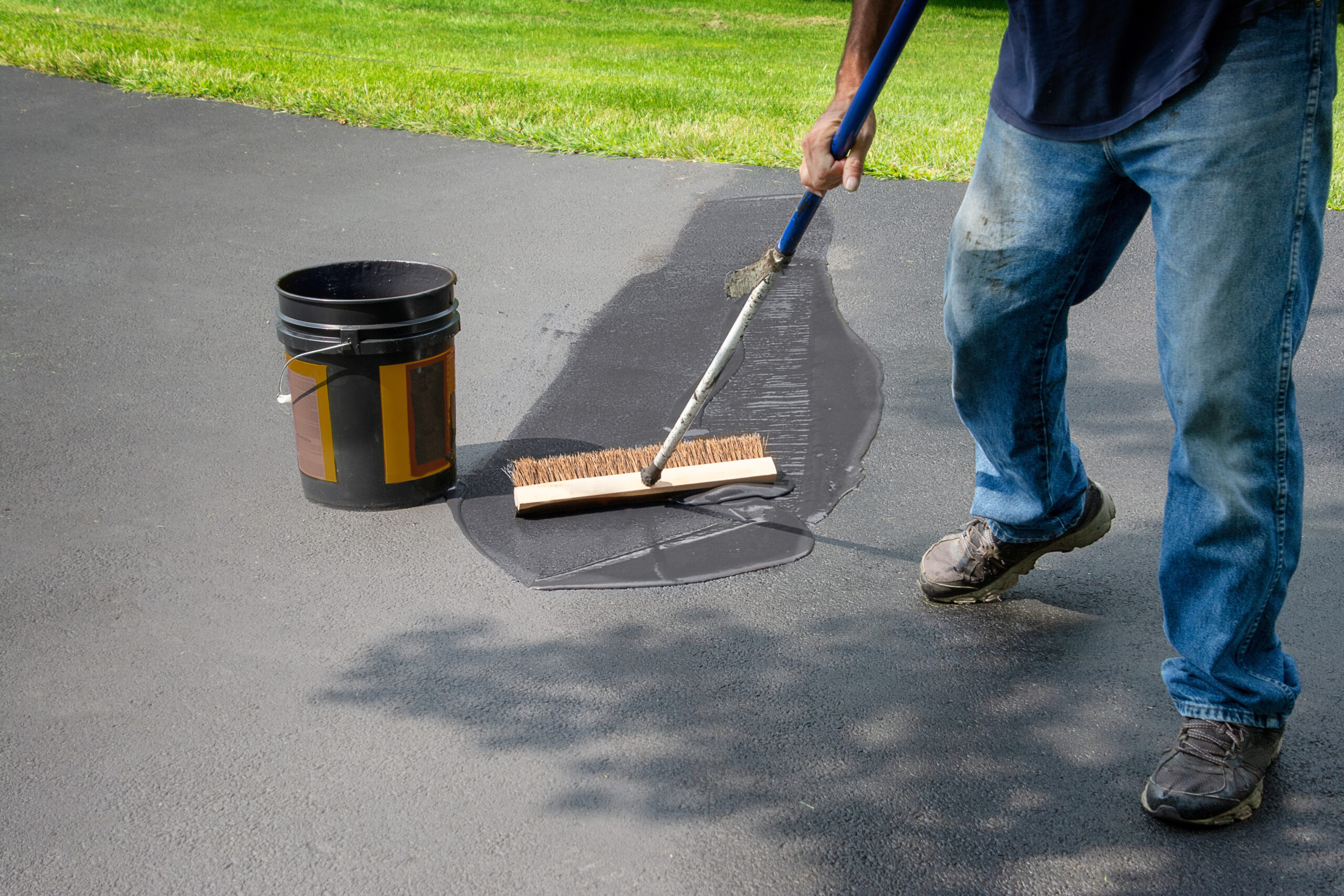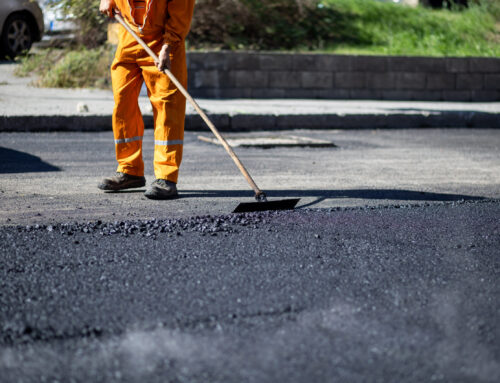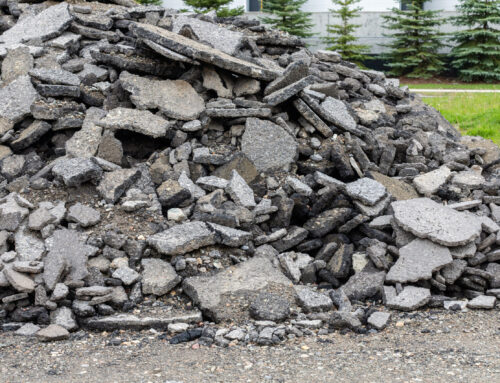Last time on the blog we talked about the seven steps (and all the many sub-steps) involved in paving asphalt. Now, what comes next? Asphalt pavement is known for its durability and cost-effectiveness. However, regular maintenance is essential to maximize its lifespan and maintain its appearance. Proper care can prevent costly repairs, enhance safety, and keep your asphalt surface looking its best. This blog will provide valuable tips and tricks for maintaining your asphalt pavement!
Regular Cleaning
One of the simplest yet most effective ways to maintain your asphalt pavement is to keep it clean:
Debris Removal: Regularly sweep or blow away leaves, dirt, and debris to prevent clogging of drainage systems and accumulation of moisture, which can lead to surface degradation.
Stain Removal: Clean oil, gasoline, and other chemical spills promptly. These substances can weaken the asphalt binder and cause premature deterioration. Use a degreaser or a mixture of detergent and water to remove stains effectively.
Crack Sealing
Sealing cracks is crucial for preventing water infiltration and further damage:
Inspection: Regularly inspect your pavement for cracks, especially after extreme weather conditions. Address them as soon as they appear to prevent them from expanding.
Sealing: Use a high-quality crack sealant to fill and seal cracks. This prevents water from penetrating the pavement and causing erosion, freeze-thaw damage, and other issues that can compromise the integrity of the asphalt.
Seal Coating
Applying a seal coat is an effective way to protect and extend the life of your asphalt surface:
Frequency: Apply a seal coat every 2-3 years, depending on traffic and weather conditions. High-traffic areas may require more frequent applications.
Benefits: Seal coating provides a protective barrier against UV rays, water, oil, and chemicals. It also enhances the appearance of the pavement by giving it a fresh, black finish, which improves curb appeal.
Proper Drainage
Effective drainage is essential for preventing water damage to your asphalt pavement:
Grading: Ensure the pavement is properly graded to allow for efficient water runoff and prevent pooling. Standing water can weaken the asphalt and lead to cracks and potholes.
Drainage Systems: Install and maintain drainage systems such as gutters, channels, and catch basins to manage stormwater and prevent water accumulation. Regularly clean these systems to ensure they function correctly.
Avoid Heavy Loads
Limiting heavy loads on your asphalt surface can prevent deformation and prolong its lifespan:
Weight Limits: Avoid parking heavy vehicles or equipment on the pavement for extended periods. If heavy loads are unavoidable, distribute the weight evenly to minimize stress on any one area.
Reinforcement: Consider reinforcing areas that will regularly bear heavy loads with a thicker asphalt layer or additional base material. This helps distribute the weight more effectively and reduces the risk of damage.
Prompt Repairs
We’ve said it once; we’ve said it a million times. Addressing damage promptly can prevent minor issues from becoming major problems:
Pothole Repair: Fill and repair potholes as soon as they appear. Potholes can expand rapidly and cause significant damage to vehicles and the pavement itself.
Surface Repair: Address surface imperfections such as raveling (loose aggregate) or depressions to maintain a smooth and safe pavement. Early intervention can prevent further deterioration and extend the lifespan of the asphalt.
Seasonal Maintenance
Different seasons bring different maintenance challenges that require specific actions: – this is doubly so if you’re in a place where the weather gets particularly intense.
Winter: During winter, keep the pavement clear of snow and ice using non-corrosive deicers and proper snow removal techniques. Avoid using sharp tools that can damage the surface. Inspect for cracks after the winter season and seal them promptly.
Summer: In summer, inspect for cracks and apply a fresh seal coat if needed to protect against UV rays and high temperatures. Monitor the pavement for signs of heat-related damage, such as softening or deformation, and take action to address any issues.
Proper maintenance is key to maximizing the lifespan and performance of your asphalt pavement. By following these tips and tricks, you can keep your asphalt surfaces in top condition, prevent costly repairs, and enhance the safety and appearance of your property. Investing time and effort in maintenance will pay off in the long run, ensuring your asphalt driveway, parking lot, or roadway remains durable, functional, and visually appealing for years to come.





